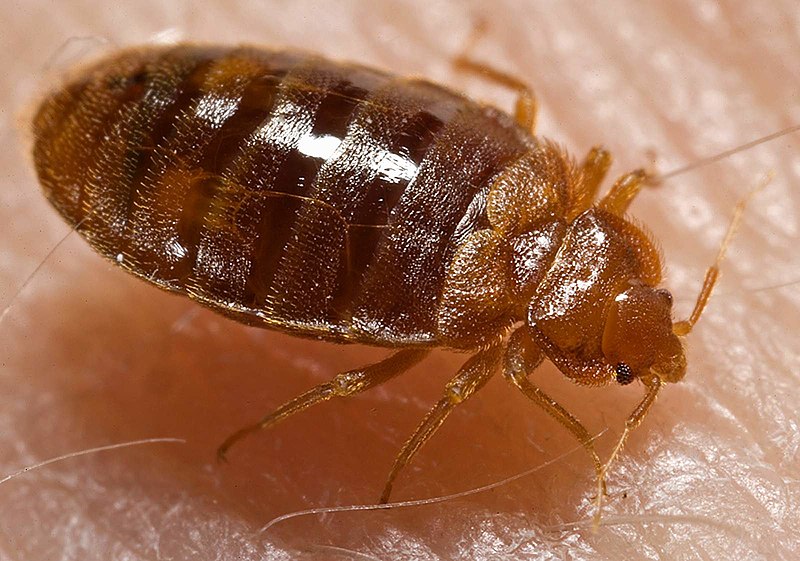Датотека:Bed bug, Cimex lectularius.jpg

Величина овог приказа: 800 × 561 пиксела. 5 других резолуција: 320 × 224 пиксела | 640 × 449 пиксела | 1.024 × 718 пиксела | 1.280 × 898 пиксела | 1.600 × 1.122 пиксела.
Оригинална датотека (1.600 × 1.122 пиксела, величина датотеке: 161 kB, MIME тип: image/jpeg)
Историја датотеке
Кликните на датум/време да бисте видели тадашњу верзију датотеке.
| Датум/време | Минијатура | Димензије | Корисник | Коментар | |
|---|---|---|---|---|---|
| тренутна | 15:11, 17. мај 2007. |  | 1.600 × 1.122 (161 kB) | Patho | == Summary == {{Information |Description=ID#: 9822 Description: This 2006 photograph depicted an oblique-dorsal view of a '''bed bug nymph, Cimex lectularius''', as it was in the process of ingesting a blood meal from the arm of a “voluntary” human h |
Употреба датотеке
Следећа страница користи ову датотеку:
Глобална употреба датотеке
Други викији који користе ову датотеку:
- Употреба на af.wiki.x.io
- Употреба на an.wiki.x.io
- Употреба на ar.wiki.x.io
- Употреба на arz.wiki.x.io
- Употреба на ast.wiki.x.io
- Употреба на as.wiki.x.io
- Употреба на azb.wiki.x.io
- Употреба на be.wiki.x.io
- Употреба на bg.wiki.x.io
- Употреба на bjn.wiki.x.io
- Употреба на bn.wiki.x.io
- Употреба на bs.wiki.x.io
- Употреба на ca.wiki.x.io
- Употреба на ca.wikiquote.org
- Употреба на ca.wiktionary.org
- Употреба на ceb.wiki.x.io
- Употреба на cs.wiki.x.io
- Употреба на cv.wiki.x.io
- Употреба на dag.wiki.x.io
- Употреба на de.wikibooks.org
- Употреба на din.wiki.x.io
- Употреба на el.wiki.x.io
- Употреба на eml.wiki.x.io
- Употреба на en.wiki.x.io
- Употреба на en.wikinews.org
- Употреба на en.wiktionary.org
Још глобалног коришћења ове датотеке.
